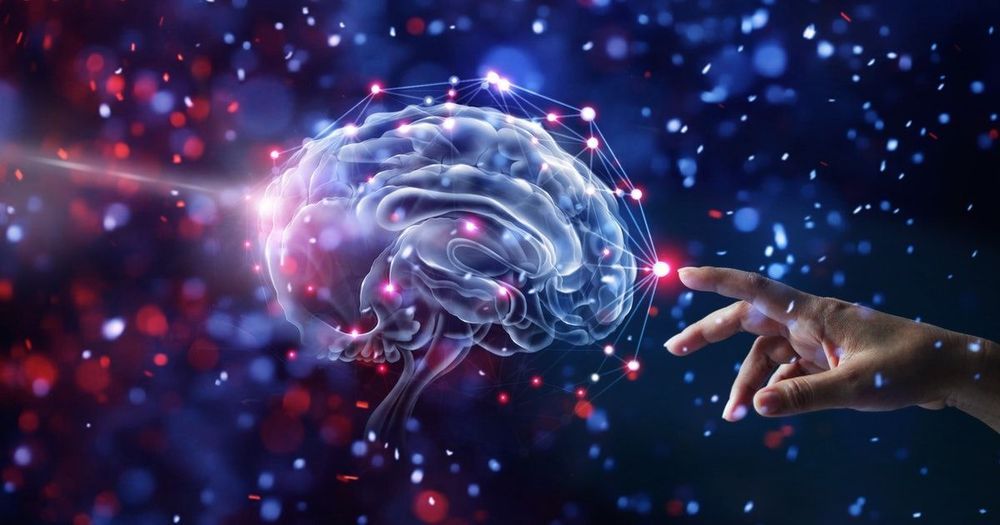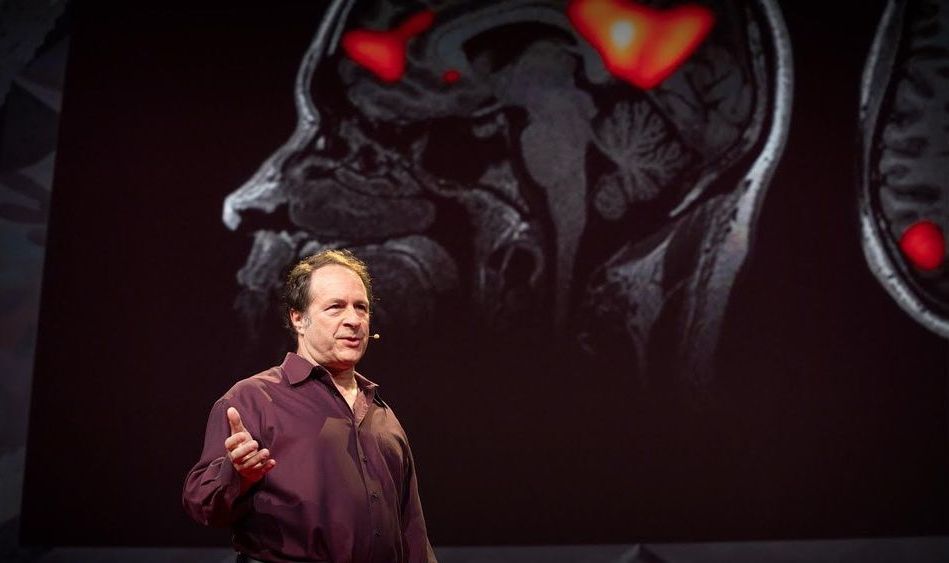A recent study has found that there could be an easy, and highly beneficial way, of keeping your brain healthy, and it doesn’t involve a single crossword.



Imagine then, the emancipatory potential of genome editing for these millions.
Realizing this potential, however, will require that genome editing meet with societal approval. The typical response right now when you talk to someone about genetic engineering or reproductive technology is a reference to ‘designer babies,’ eugenics, Nazism, and other evils. These arguments have a very powerful emotional hold over many people, but in my opinion, they simply don’t stand up to scrutiny.
Numerous traits, both physical and mental, are too complex to ever be able to engineer, and a Gattaca-like future of ‘designer babies’ is probably just as improbable as time-travel. No serious scientist or ethicist is advocating for government mandated ‘genetic correction’ of the sort Nazism or eugenics implies. As for physical appearance, everyone has their own ideas about the ‘physical ideal.’ Not every visitor to a cosmetic surgeon comes out looking Northern European.

Let’s face it, getting older sucks, and not because of all the extra candles on the birthday cake. Getting cake and presents every year is great, but the loss of health and independence isn’t a particularly good birthday present. (Wow, what’d I get this year? Just what I didn’t want: sarcopenia and hearing loss!)
Given the downsides of aging, it really is surprising how little people talk about it beyond the odd grumble or even as a joke. Normally, it’s to complain about the aches and pains that gradually appear as the years roll by, as we find it harder to walk up the stairs and “bright-eyed and bushy-tailed” turns into “cloudy-eyed and with an aching back”.
That’s not even the serious side of aging, which involves the gradual loss of independence and the age-related diseases that first rob us of our quality of life before they get around to killing us. The serious part is the horror of Alzheimer’s and the loss of self that it brings, the heart disease that cripples us, the frailty that steals our independence, and the lurking threat of cancer that rises dramatically as we age.


PALO ALTO, Calif., Feb 5 (Reuters) — The Federal Reserve is looking at a broad range of issues around regulations and protections for digital payments and currencies, including the costs and potential benefits of issuing its own digital currency, Governor Lael Brainard said on Wednesday.
“By transforming payments, digitalization has the potential to deliver greater value and convenience at lower cost,” Brainard said in remarks prepared for delivery at the Stanford Graduate School of Business. The speech did not touch on interest rates or the current economic outlook.
“But there are risks,” Brainard said, in a partial reprisal of her own and other global central bankers’ worries about the rise of private digital payment systems and currencies, including Facebook’s Libra digital currency project. “Some of the new players are outside the financial system’s regulatory guardrails, and their new currencies could pose challenges in areas such as illicit finance, privacy, financial stability, and monetary policy transmission.”


MDMA and psilocybin have been granted breakthrough therapy status by the FDA, signaling a shift in the future of mental health treatment.
Clinical studies are underway. How we treat them moving forward matters.

A recent study by MIT found a low-pitched buzz-like sound and strobe lights can be used to replicate brain waves impeded by Alzheimer’s, which improved cognitive function and helped remove plaque in mice displaying symptoms of the disease. The approach hasn’t been tested in humans yet, but if it’s possible to copy these results, it might turn into a drug-free, inexpensive way to treat this condition.
The Secret: Applying Sound and Light at the Same Frequency
The study in question follows up on a previous one, which showed that flashing light and playing sound 40 times a second into the eyes of mice with Alzheimer’s, improved their condition. According to MIT researcher Li-Huei Tsai, there is substantial reduction of amyloid protein and increased prefrontal cortex engagement when visual and auditory stimulation is combined over a period of one week. The prefrontal cortex is the part of the brain most active in cognitive functions.

Chronic inflammation, which results when old age, stress or environmental toxins keep the body’s immune system in overdrive, can contribute to a variety of devastating diseases, from Alzheimer’s and Parkinson’s to diabetes and cancer.
Now, scientists at the University of California, Berkeley, have identified a molecular “switch” that controls the immune machinery responsible for chronic inflammation in the body. The finding, which appears online Feb. 6 in the journal Cell Metabolism, could lead to new ways to halt or even reverse many of these age-related conditions.
“My lab is very interested in understanding the reversibility of aging,” said senior author Danica Chen, associate professor of metabolic biology, nutritional sciences and toxicology at UC Berkeley. “In the past, we showed that aged stem cells can be rejuvenated. Now, we are asking: to what extent can aging be reversed? And we are doing that by looking at physiological conditions, like inflammation and insulin resistance, that have been associated with aging-related degeneration and diseases.”
